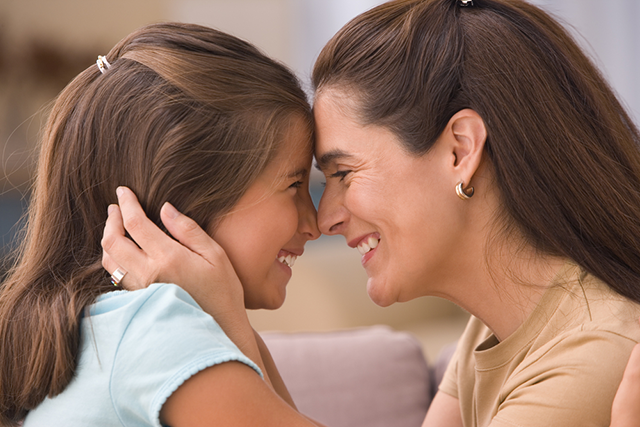We all perceive smells differently – and two people’s preferences may give clues to their degree of genetic similarity. Christopher Intagliata reports

Two decades ago, Swiss researchers had women smell the tee shirts that various men had slept in for two nights. Turned out that if women liked the aroma of a particular shirt, the guy who’d worn it was likely to have genetically coded immunity that was unlike the woman’s. Well the effect isn't just limited to sweaty shirts. Turns out we all smell things a little differently – you pick up a note of cloves, say, where I smell something more soapy – and that too gives clues to our degree of genetic similarity.
Researchers tried that test with 89 people – having them sniff a couple dozen samples, and label each one using terms like lemony, coconut, fishy and floral. And each volunteer classified the scents differently enough that the researchers could single them out in subsequent tests, based on what they called each subject’s "olfactory fingerprint."
Researchers then repeated that sniff test on another 130 subjects. But this time they did a blood test, too, to figure out each person's HLA type – an immune factor that determines whether you'll reject someone's organ, for example. They found that people who perceived smells similarly also had similar HLA types.
Study author Lavi Secundo, a neuroscientist at the Weizmann Institute of Science in Israel, says the smell test could have real-world applications. "For organ donation you can think of this method as a quick, maybe a quick and dirty, method to sift between the best and the rest." He and his colleagues say it might even eliminate the need for 30 percent of the HLA tests done today. The work appears in the Proceedings of the National Academy of Sciences. [Lavi Secundo et al, Individual olfactory perception reveals meaningful nonolfactory genetic information]
Of course, there are additional applications. "The other thing we'd like to take it from here is kind of to build what you would like to call a social network based on the sense of smell. You would get a set of scratch and sniff cards, you can sniff them, derive your olfactory fingerprint, and then you can look up for people who are similar to you or dissimilar to you in olfactory perception." Factor in the 20-year-old tee-shirt study and olfactory fingerprints should also play a role in romantic preferences. Which means that some day a smell-based service could challenge eharmony.com for matchmaking supremacy.
